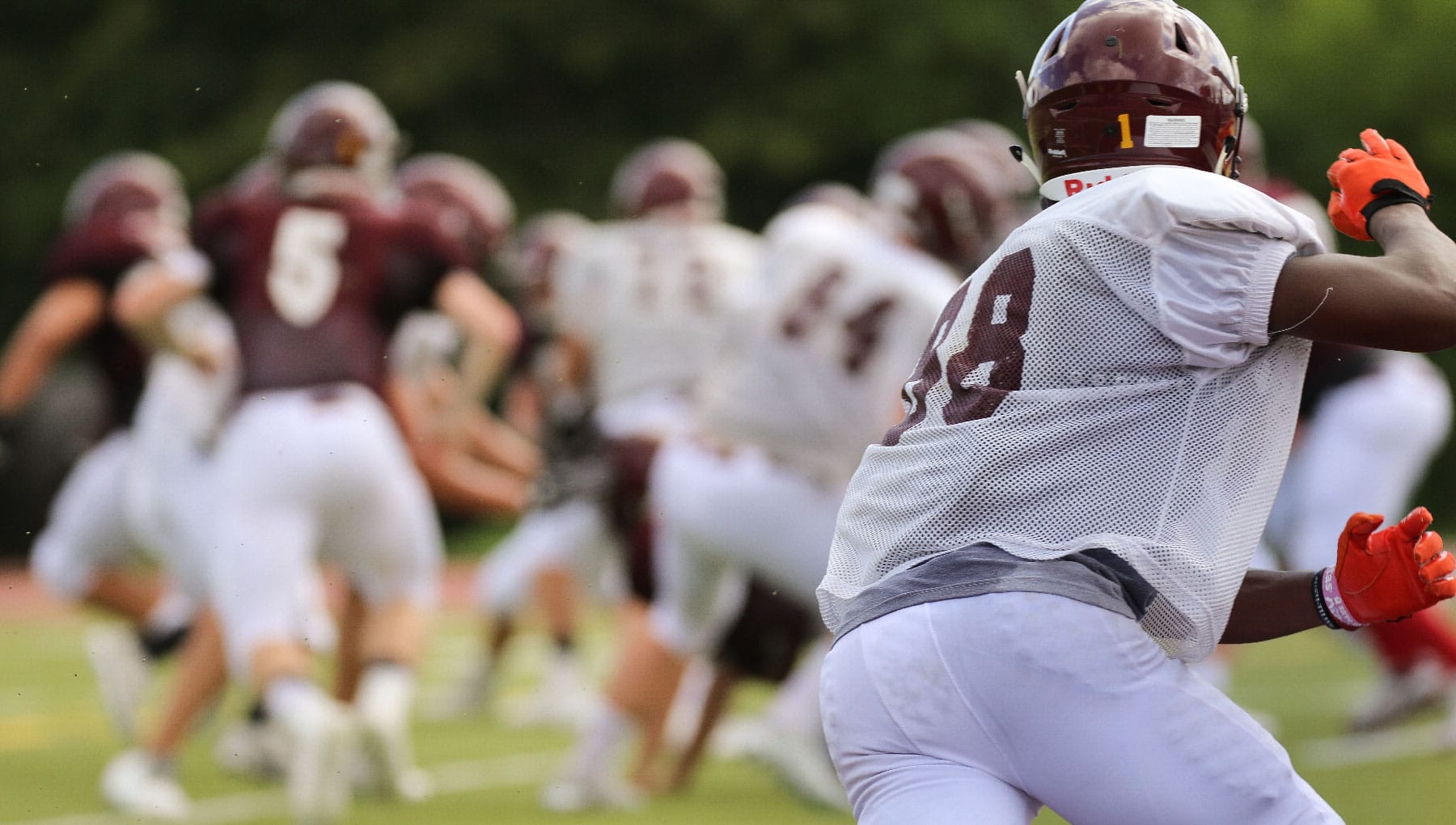
Website to merge into Ochsner.org on August 8!
ochsner.org
ochsner.org

Playing sports provides many great benefits for children, including better health and physical fitness – as well as increased confidence and social skills. However, kids can also experience injuries, some of which may have long-term effects.
So how do you know if your child is at greater risk for injuries that have long-term consequences when playing an organized sport? The following provides some helpful information about childhood sports injuries that can help you decide whether to allow your children to participate in certain sports.
Sports such as football and hockey pose the greatest risk of injury to children. That’s because they involve frequent collisions between players that can result in serious injuries including broken bones, knee injuries (such as torn ligaments), dislocated joints and concussions. While these injuries often don’t have long-term effects, the possibility exists.
Joint injuries can be repaired – but they may also cause lifelong problems such as chronic pain and the need for orthopedic surgery later in life. In recent years, the effects of multiple concussions have been linked to CTE (chronic traumatic encephalopathy), which can cause dementia, memory loss and depression in later life. In addition, full-contact sports pose a greater risk of spinal injuries, which can result in extremely serious consequences including permanent paralysis.
Because the risk of serious injury is greater when children participate in full-contact sports, some parents are now reluctant to allow their children to participate in these activities.
Minimal contact sports such as soccer, baseball, basketball, track and volleyball carry less chance of serious injuries than full-contact sports. However, any sport that involves running, jumping, kicking or throwing a ball, etc. will pose some risk of injury. These types of sports still pose a risk of injuries such as broken bones, joint injuries, pulled muscles and sprains, but there is much less risk of concussions and spinal injuries than with full-contact sports.
There are a few things you can do to help ensure your child is safe when participating in organized sports. Talk to the head coach about safety. What is being done to coach kids about playing safely and avoiding injuries to themselves and others? Does the athletic program have quality equipment that ensures safety (helmets, pads, proper shoes and other equipment that will protect your child as well as possible)? If the equipment is old or worn out, your child may be more vulnerable to injuries.
If your child suffers an orthopedic injury that causes persistent or severe pain, swelling or inability to move their arms, legs or any of their joints properly, you should seek medical attention as soon as possible.
DISCLAIMER: Always consult your physician before acting on any medical advice or tips you may receive – including those involving medical procedures, exercises, lifestyle changes, supplements, vitamins, etc. Ochsner Lafayette General Orthopedic Hospital is not responsible for any adverse effects experienced by persons who act upon advice without prior approval from a qualified physician.